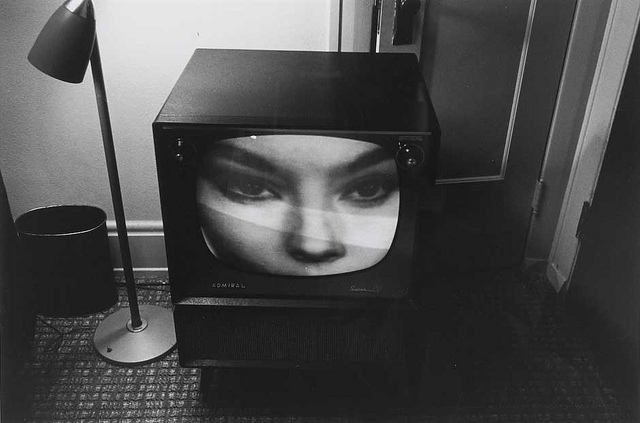Dominant notions of disability: the individual model
The societal view of disability generally conforms to the
individual or overcoming or medical model of disability. This holds that
disability is inherent in the individual, whose responsibility it is to
‘overcome’ her or his ‘tragic’ disability.
Often this ‘overcoming’ is achieved through medical
intervention, such as attempts at ‘cures’. For example, top wheelchair athlete
Tanni Grey-Thompson was forced as a child to wear heavy leg callipers which
gave her blisters, rather than being offered the simple and practical option of
using a wheelchair.
This approach to disability aims for the normalisation of
disabled people, often through the medicalisation of their condition.
The social model of disability:
This distinguishes between impairment (the physical or
mental 'problem') and disability (the way society views it as being a
negative). It holds that impairments are not inherently disabling, but that
disability is caused by society which fails to provide for people with
impairments, and which puts obstacles in their way.
Examples include access: the built environment often does
not allow access for people with mobility problems. Discriminatory attitudes
are also disabling: for example, the idea that disability is a personal tragedy
for the ‘sufferer’ impinges upon disabled people in a variety of negative ways,
from their social relationships to their ability to get jobs.
"Disability is produced in different forms, and in
different proportions, in different cultures" (Oliver, 1996).
Difference:
It has been argued that dominant notions of ‘normality’ and
beauty do not allow for the natural range of difference in human form. These
notions are not only prejudicial to the acceptance of disabled people, but also
increasingly impact on non-disabled people. Charlotte Cooper, for example,
applies the social model to obesity, and concludes that there are some
important categories through which obesity can be defined as a disability:
• A slender body is ‘normal’
• Fatness is a deviation from the norm.
• Fat and disabled people share low social status.
• Fatness is medicalised (e.g. jaw-wiring and
stomach-stapling).
• Fat people are blamed for their greed and lack of control
over their bodies.
Consider why it is that fat people or disabled people are rarely
portrayed as sexually attractive.












